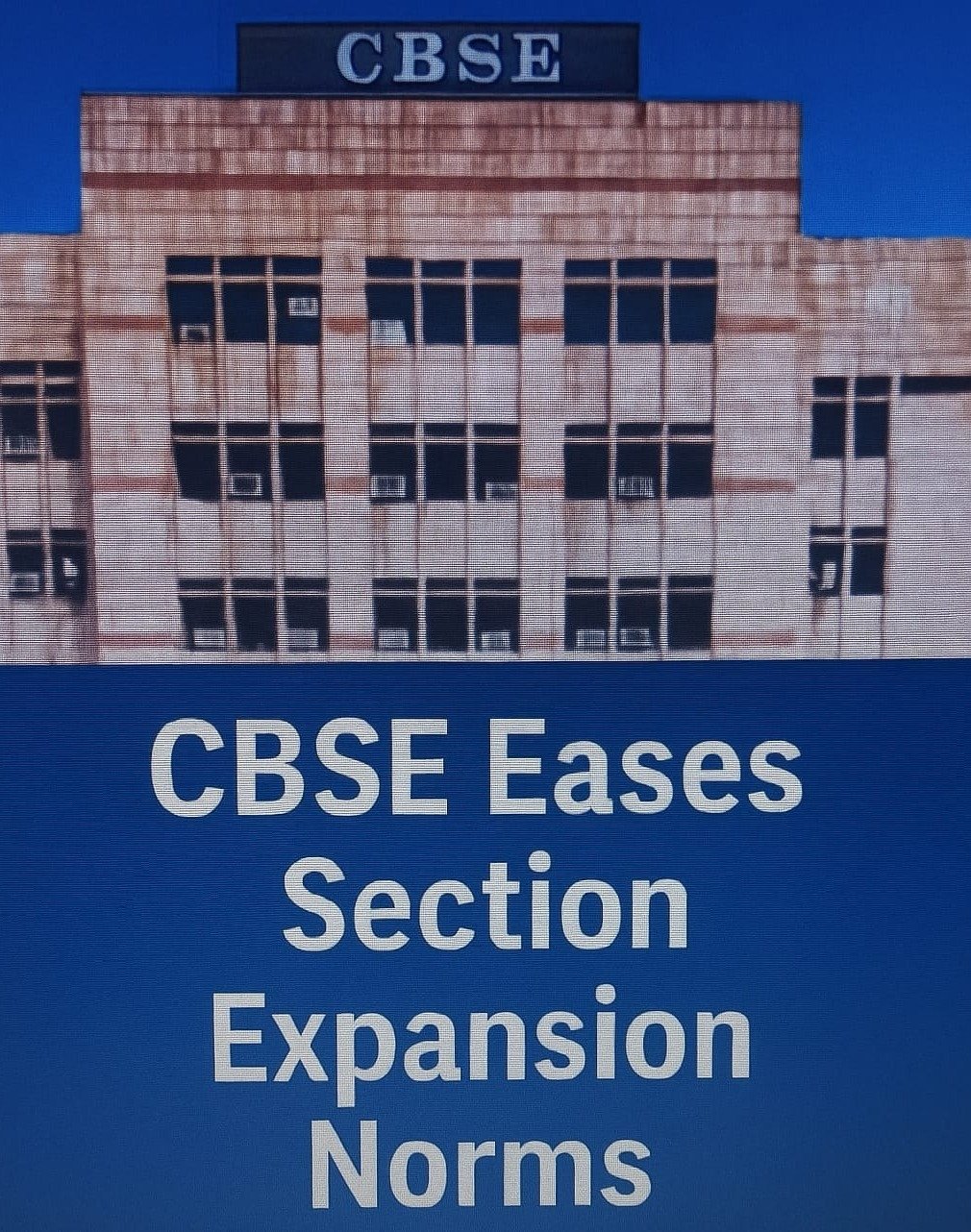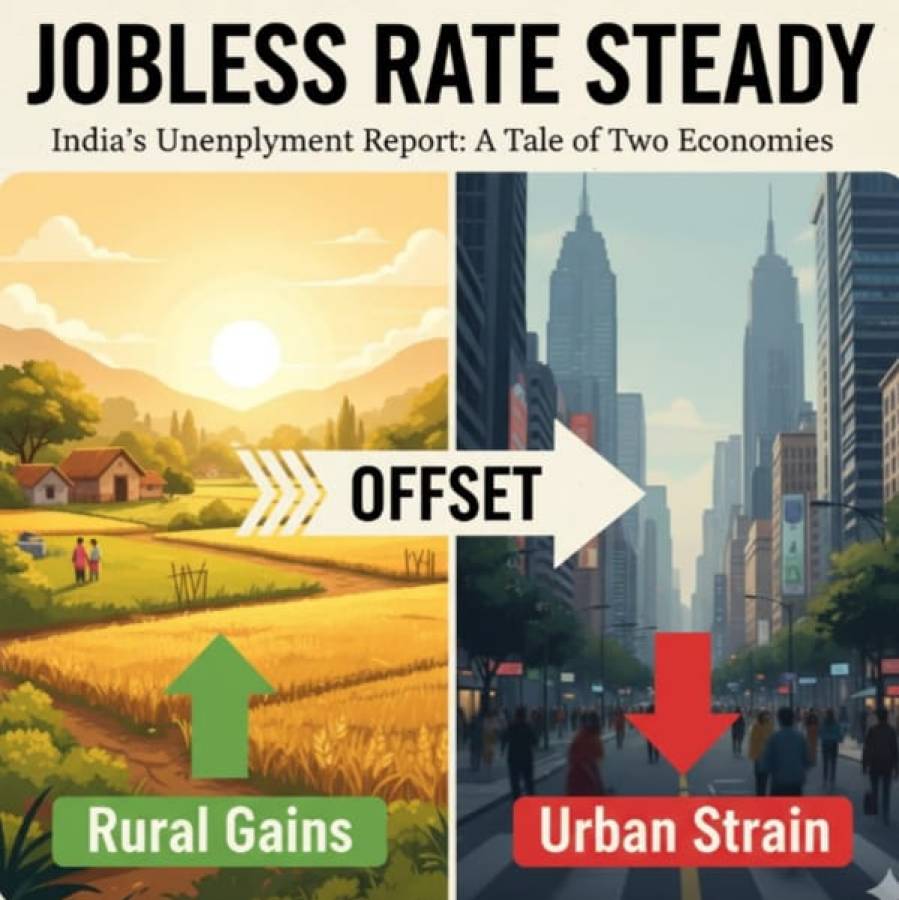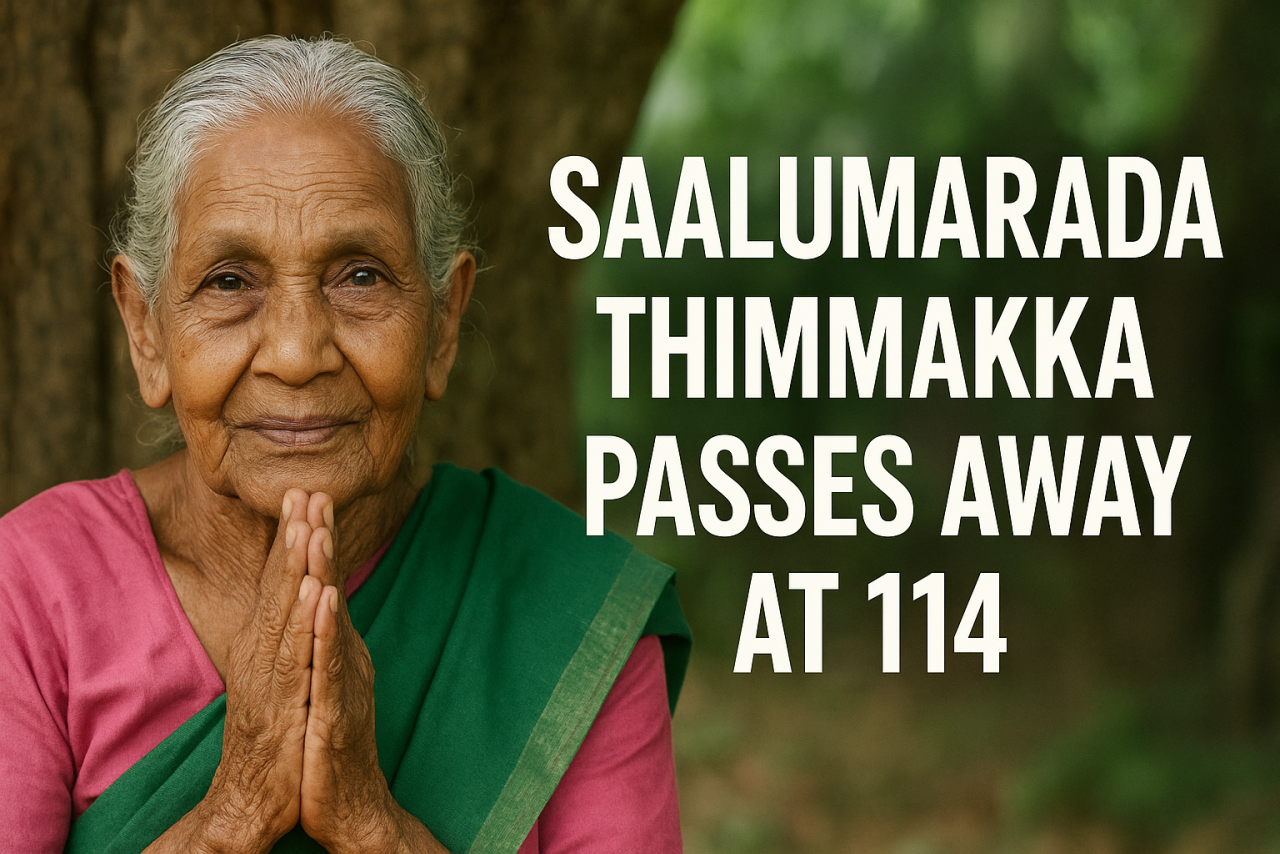
Providing a major relief to schools facing space crunch, the Central Board of Secondary Education (CBSE) has allowed them to expand sections based on built-up area instead of land size. The new rule is expected to ease rising pressure for school admissions, especially in urban areas where land is limited.
The change was notified through a circular issued on Thursday (July 31, 2025). It applies to all existing and newly affiliated schools, except foreign schools. Officials say the decision came after schools reported difficulties in adding new sections despite strong demand from parents.
Until now, CBSE linked the number of sections a school could run to the total land it occupied. This created problems in densely populated areas where schools could not expand even if they had the infrastructure. With the new rule, schools can now add three additional sections for every 400 square metres of built-up area.
“This will reduce pressure on parents and children. Many students were being forced to travel long distances because nearby schools had no space,” CBSE said in its circular. “It also supports the National Education Policy 2020, which promotes access and neighbourhood schooling.”
The board has retained the existing cap of 40 students per section to ensure quality education. The new rule outlines how built-up area must be certified either by local bodies or licensed architects. Schools must also meet a minimum infrastructure requirement.
CBSE currently has over 30,984 affiliated schools across India and abroad. Of these, more than 24,000 are located within India, serving both urban and semi-urban regions. According to official data, over 2.9 crore students are currently enrolled in CBSE-affiliated schools, making it one of the largest school education boards in the country.
Each year, nearly 35 lakh students appear for the CBSE Class 10 board exams, while over 16 lakh students appear for the Class 12 exams. With urbanisation on the rise and classroom demand increasing, schools have long been seeking flexibility in expanding infrastructure without waiting for more land.
Sudha Acharya, principal of ITL Public School, said the move was timely. “We had to refuse students due to strict limits. This change allows us to create more sections and admit more students,” she said.
This shift is also in line with a Supreme Court order from February 2025, which asked schools to comply with Model Building Bye-Laws (MBBL) 2016.
CBSE Secretary Himanshu Gupta said the board considered inputs from over 1,500 schools. “We have removed the restriction on flooring and building height. Now schools can expand based on state laws and demand,” he said.
Last week, CBSE also raised the section cap to 45 students in special cases like mid-session transfers and repeaters. Earlier this year, it allowed affiliated schools to set up “branch schools” in the same city from Balvatika to Class 5. Starting 2026-27, schools can open branches under the same name—helping address space issues without beginning afresh.
The new norms mark a shift towards pragmatic governance, matching the fast-changing ground realities of school education in India.





















